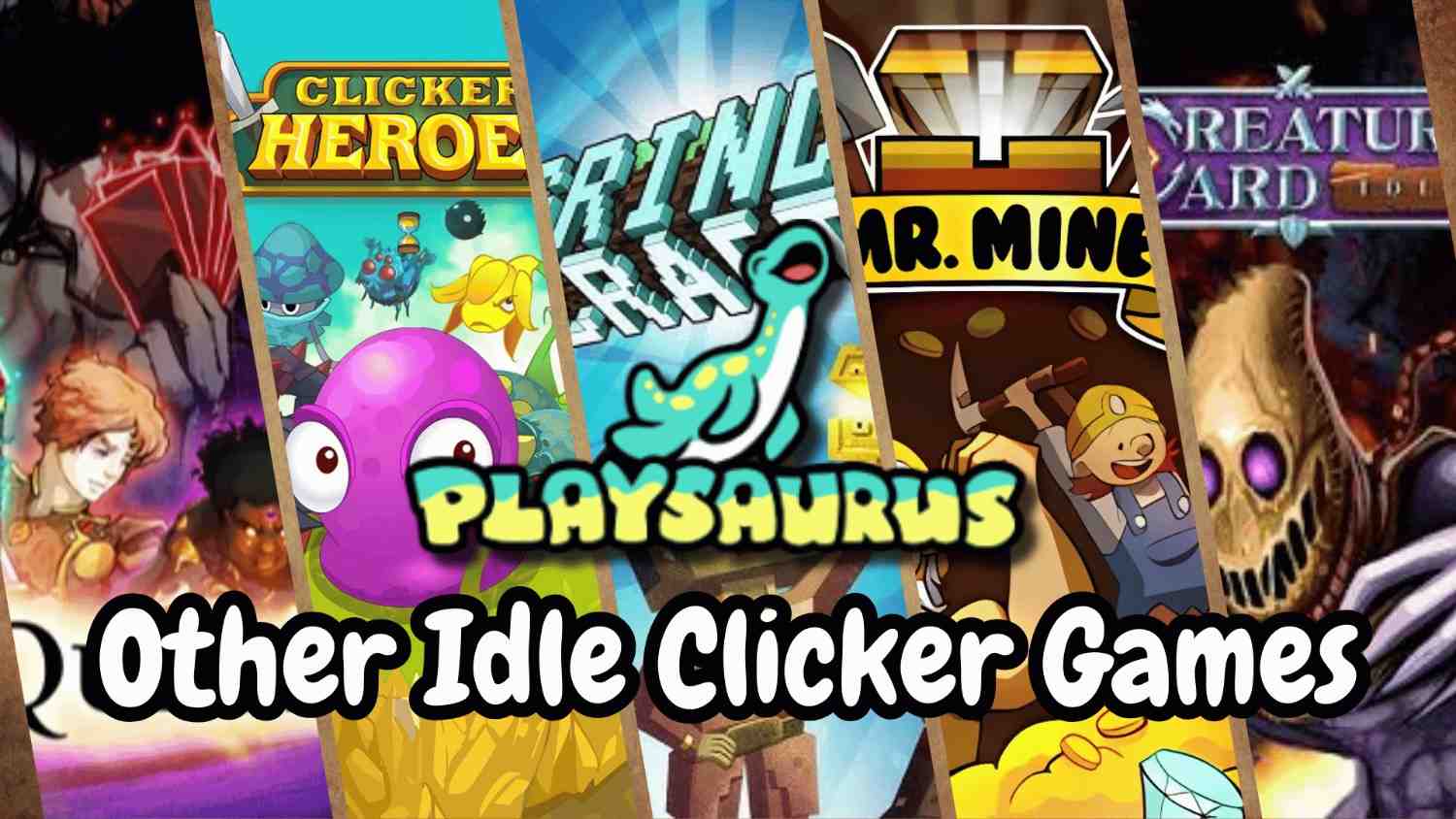Idle games, or incremental games, have engraved a unique niche in the gaming industry because of their captivating features and mechanics.
These games are often characterized by minimal player effort and a focus on gradual progression over time.
Despite their simplicity in gameplay, they have become a staple in the gaming industry, that attracts both casual and dedicated players to engage in for a long-term period.
So, let’s explore the world of idle game trends and upcoming innovations that we are excited to look for!
What are Idle Games?
Idle games are games with simple actions such as clicking or tapping on the screen, and at some point, they can even play themselves. This means you can watch your game world grow and improve over time.
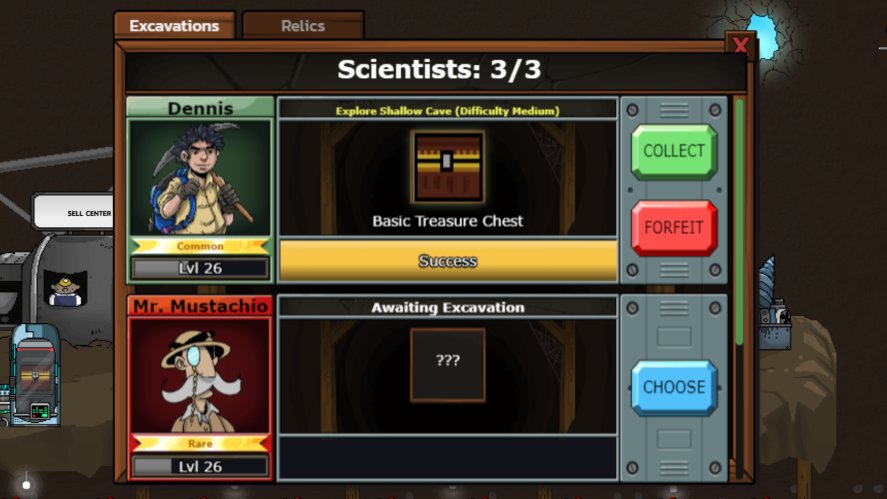
Idle games can be played both on PCs and mobile games, which allow players to progress gradually with minimal effort.
So, with simple actions or even just by witnessing, you can see your progression grow over time, such as collecting more resources or unlocking new achievements.
History and Origins
Tracing back to the past, the first title to be considered in this game genre was Progress Quest in 2002 by Eric Fredriksen.
Although it was a parody of MMORPGs, it set the stage for the genre’s evolution.
Following that, Kongregate Chat was one of the earliest idle games that allowed players to chat while the game ran itself.

Due to the simple mechanics and limitations in the visualization, some creations in this genre were ignored and did not gain real recognition by society for several years.
The genre actually gained widespread popularity in 2013 with the success of Cookie Clicker, which allows players to click on a big cookie to accumulate a single cookie per click.
Idle games started as simple web pastimes, but as technology improved, they became more complex and widespread.
Clicker Heroes, created in 2014 by Playsaurus, brought the genre to Steam and helped the genre become more widespread among audiences.
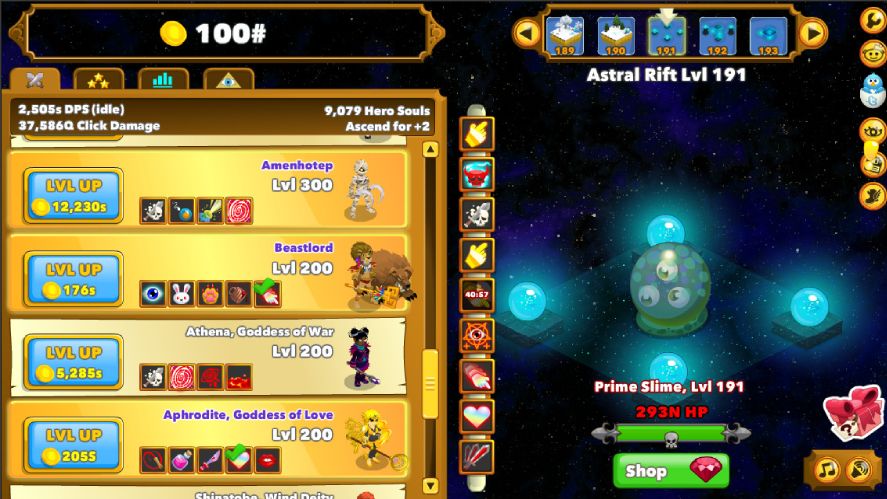
Created in the same year, Make It Rain also expanded the idle games genre as it was the first major game that gained success on mobile devices.
So, from the basic web game, idle clicker games have expanded their reach to versatile platforms, including PCs, mobiles, game consoles, and digital distribution platforms like Steam.
Gameplay Mechanics
The main game mechanics of idle games lie in a simple phase, which is the limited interaction.
You often engage in simple actions such as clicking or tapping to earn currency or valuable resources.
In some cases, you can even set up systems to let the games play themself. This hands-off approach gives you more freedom outside the game while watching your game progression go up over time.
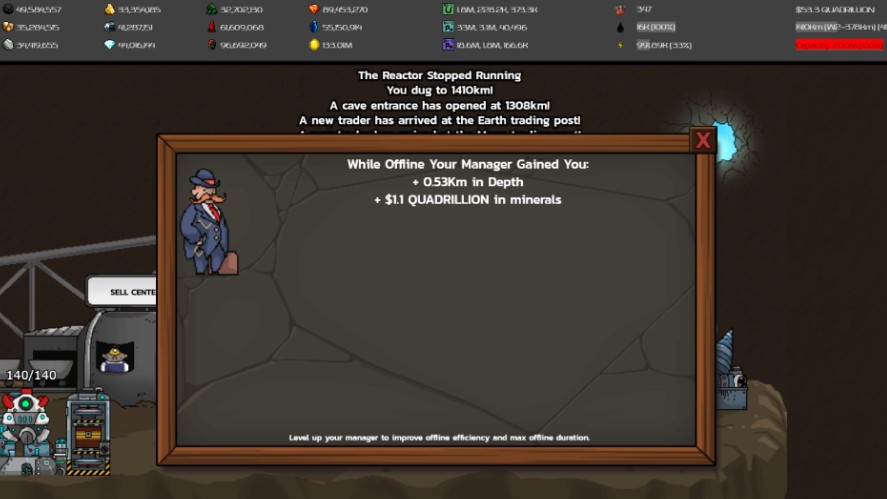
So, as every click quickly rewards you with currency or resources, it provides a sense of satisfaction and encourages you to continuously play and watch the virtual world grow over time.
Another captivating mechanic in these addicting games is the upgrading system. They allow you to use your accumulated resources to upgrade characters, buildings, or other things in the game to boost capacity for even further game progression.
As a result, these ongoing upgrades create a loop to keep you coming back to progress and explore new game achievements.
The Emergence of Subgenres
As idle clicker games have evolved over time, they have been divided into different types to cater to different player preferences and gaming experiences.
These types are called subgenres, each influenced by distinct player preferences, technology, and game design innovations.
Pure Idle Games
These games focus on progress with little to no interaction from the players.
They often involve passive gameplay mechanics, where you only watch the game progress grow over time without actively engaging in them.
Idle Clicker Games
This subgenre, on the other hand, focuses on active interaction with players. You need to continuously interact with the game by clicking or tapping on the screen.
It’s all about being active and involved in the game; you click to earn rewards and move forward.
Incremental Games
These games are a bit more complicated. They still have idle mechanics, but there’s more strategy involved.
You’ll have to make strategic decisions to make the most progress and maximize your efficiency at all times.
Hybrid Games
Hybrid games blend idle game elements with other genres, such as RPG, strategy, or simulation.
Because of this combination, these games have both the relaxed pace and progression of idle games, along with the depth and complexity of other genres.
As a result, you will find something different and fresher to explore compared to the previous subgenres.
Psychological Appeal
We all love achievements and the feeling of successfully acquiring them in the gameplay. That’s what idle clicker games bring you in an appealing way.
Through just simple and stress-free actions, such as clicking on the screen, every reward and progression comes to you like you’ve accomplished something substantial.
Moreover, from a psychological standpoint, we humans like reinforcement. In such cases of idle games, the reinforcement comes in the form of increasing large numbers.
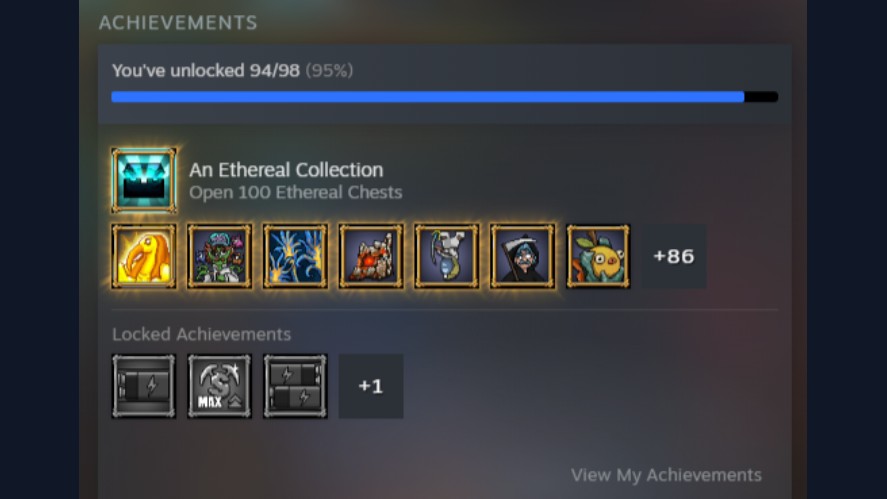
Even if you might not actively notice, the rising number of collected resources can boost your satisfaction.
Furthermore, the importance of game achievements serves as a source of pride to keep you motivated over time.
These milestones, whether big or small, contribute to your sense of competence, thus making you enjoy the process and keep playing.
Cultural Impact and Reception
Idle games have become a distinct niche in the game community. They’ve captivated both casual and dedicated players thanks to simple yet addictive mechanics.
While there are lots of players who love this game genre for its easygoing style and the satisfaction it brings, there are still others who debate about whether idle games should be considered a proper type of game.
Some argue that these incremental games are quite straightforward and lack complexity compared to the traditional game genres or even lack player interaction.
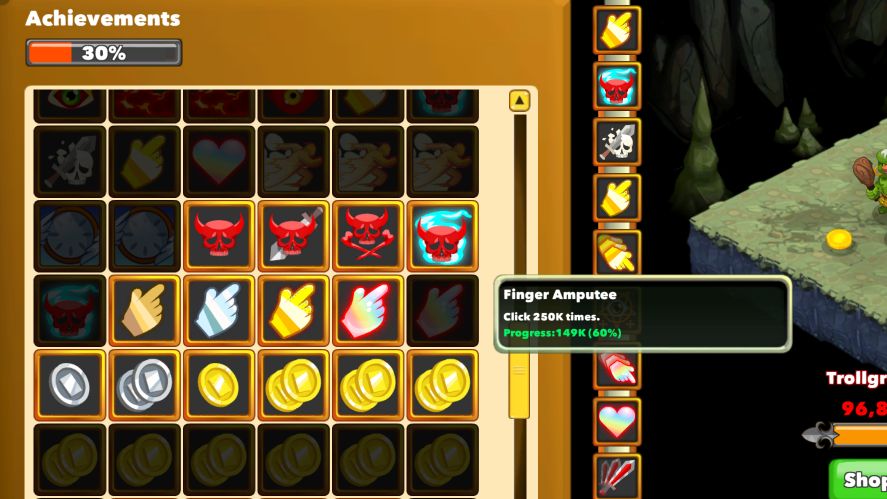
Despite these debates, these clicker games still gained recognition from early critics. Nathan Grayson from Kotaku indicated that idle games are popular because they fit well into our daily routines by providing easy distractions.
He also pointed out the development of idle games as they borrow themes and aesthetics from more complex games, making them more appealing to core gamers.
Over time, idle games have undergone a gradual evolution in the perception. The game genre has proven its impact and shown that it can coexist with traditional game genres.
Evolution of the Genre
Idle clicker games have come a long way since their inception.
In the beginning, most idle games were simple, which consisted of basic clicking mechanics and simplified themes and interfaces.
However, as the game genre gained more recognition, developers have come up with more creative ideas to add new features and more interesting narrative elements, as well as improve the overall themes and visuals of the games.
Another big change came in when idle clicker games started expanding their reach on mobile phone devices.
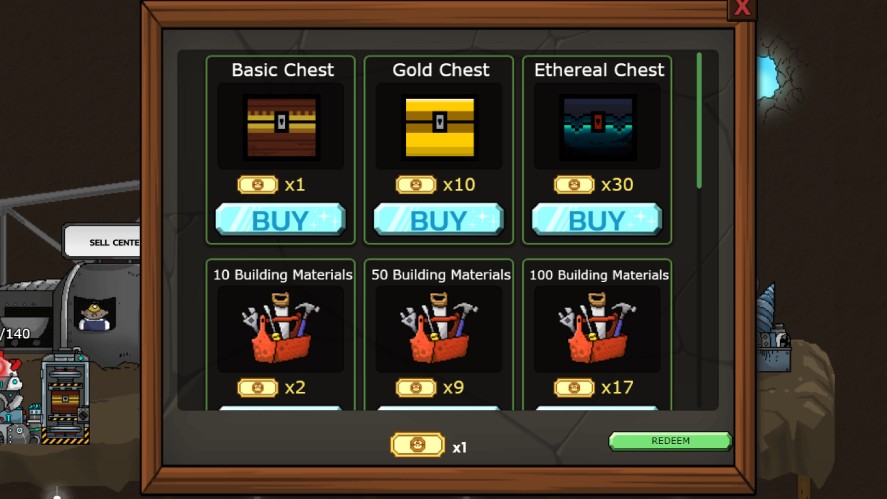
With the pioneering success of Make It Rain, there are various idle titles that found their own way to thrive in the market. Developers have optimized the interfaces for touchscreens and added suitable features to cater to players on these portable devices.
Going along with optimizing games for the player’s experience, developers also introduce microtransactions to the game landscape. Pioneered by AdVenture Capitalist, these microtransactions allow players to buy boosts, game currency, or premium features.
Despite all these changes, the core concept of idle clicker games remains the same; they’re all about making gradual progress with limited interaction.
Notable Developers and Idle Game Trends
The success of incremental games today is largely due to the contributions of prominent game developers and games from previous periods.
Orteil deserves recognition for the creation of Cookie Clicker, which popularized the genre among the gaming community with his innovative game design.
Also, Playsaurus, the team behind Clicker Heroes, introduced unique gameplay mechanics that set a new standard for idle games. They expanded the genre with a deeper progression system and captivating cartoonish art style.
If you share a huge admiration for Playsaurus, you should take a look at Mr. Mine, another famous idle mining game. This game offers players a captivating experience of digging deep into the earth for valuable resources.
Future of Idle Games
Idle games have expanded and continue to grow better every day.
One potential future trend is that idle games will have more interesting features and stories to make them even more engaging.
Furthermore, with the ongoing advancements in technology, we can anticipate seeing idle games that are integrated with Virtual Reality (VR) or Augmented Reality (AR) shortly.
So, idle games are expected to allow you to experience all the events happening around you, and interact with characters in a totally immersive way, thus boosting your gaming experience to a new level.
Conclusion
Incremental games have made a significant impact on the gaming industry. They offer simple yet addictive mechanics to captivate lots of players.
From their humble beginnings to their current status as a popular genre, idle games have captured the attention of both casual and dedicated players alike.
As we look to the future of gaming, idle games will continue evolving and remain a beloved part of the gaming landscape for years to come.






